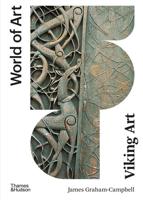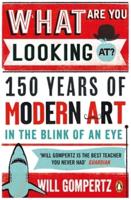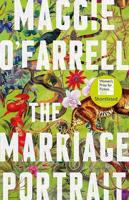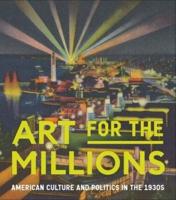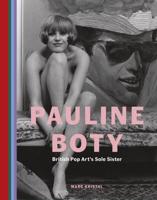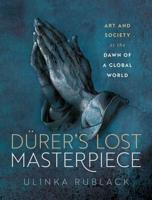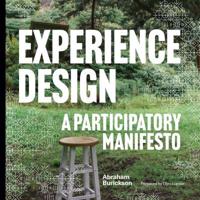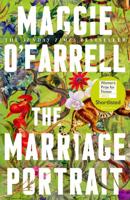Publisher's Synopsis
Sweet Sixties is a long-term trans-regional research initiative working between art, research, media, and educational contexts in Europe, the Middle East, western and central Asia, Latin America, and northern Africa. Involving a particular group of experimentally oriented arts and research groups as well as individual artists, researchers, and media, Sweet Sixties investigates hidden histories or underexposed cultural junctions and exchange channels in the revolutionary period of the 1960s.
In the 1960s, the landscapes and cities of protectorates and former colonies from India to the Maghreb, from the Soviet Republics to the new states in the southern hemisphere were replete with the spirit and forms of modernity, forms that transmogrify and then dissolve into the thin air of the vernacular. The star maps that are used to survey these artificial worlds often serve to navigate the boundaries between private and public domains. The world full of eerie displacements, gestures of the uncanny, and the constellation of the real exists in a plethora of doubled forms. Question marks and meanderings are all part of this picture. Instruments of communication emerge and are locked away before they have a chance to become immaterial, disappear, and corrode in postmodernity.
The air of the 1960s echoes a spirit of emancipation. And the newly arising art-scapes are interspersed with double agents: diasporas bring their academies; the streams between Soviet, North and South American, Western European, Non-Aligned, etc., are full of interlocutions, hidden pathways, and narratives of trade routes beyond the seemingly stable hegemonies of the blocs.
The stories and spirits of a parallel avant-garde, whose silhouettes have yet to be found on the walls of the Western canon, are the theme of this publication.

